Many sports require a good eye-hand or eye-foot coordination. A good body feeling, a body consciousness and thus self-esteem and self-confidence also go along with it. Transport and skill exercises with balls contribute to the children's fun. In addition, they train in concentration and endurance. We have put together some ideas for you.
Media Education for Kindergarten and Hort
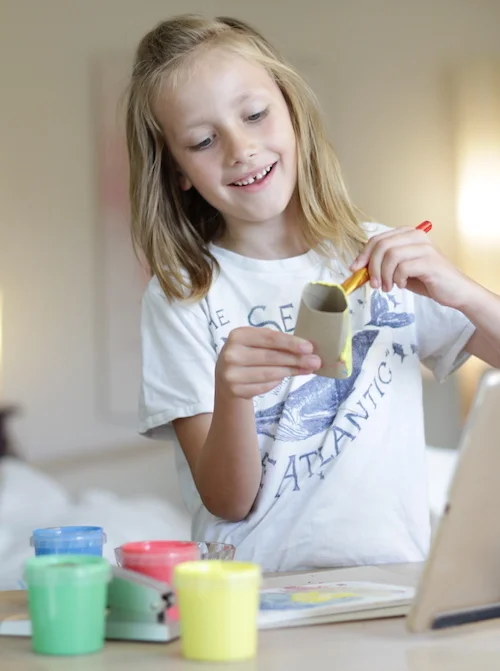
Relief in everyday life, targeted promotion of individual children, independent learning and - without any pre-knowledge already usable by the youngest!
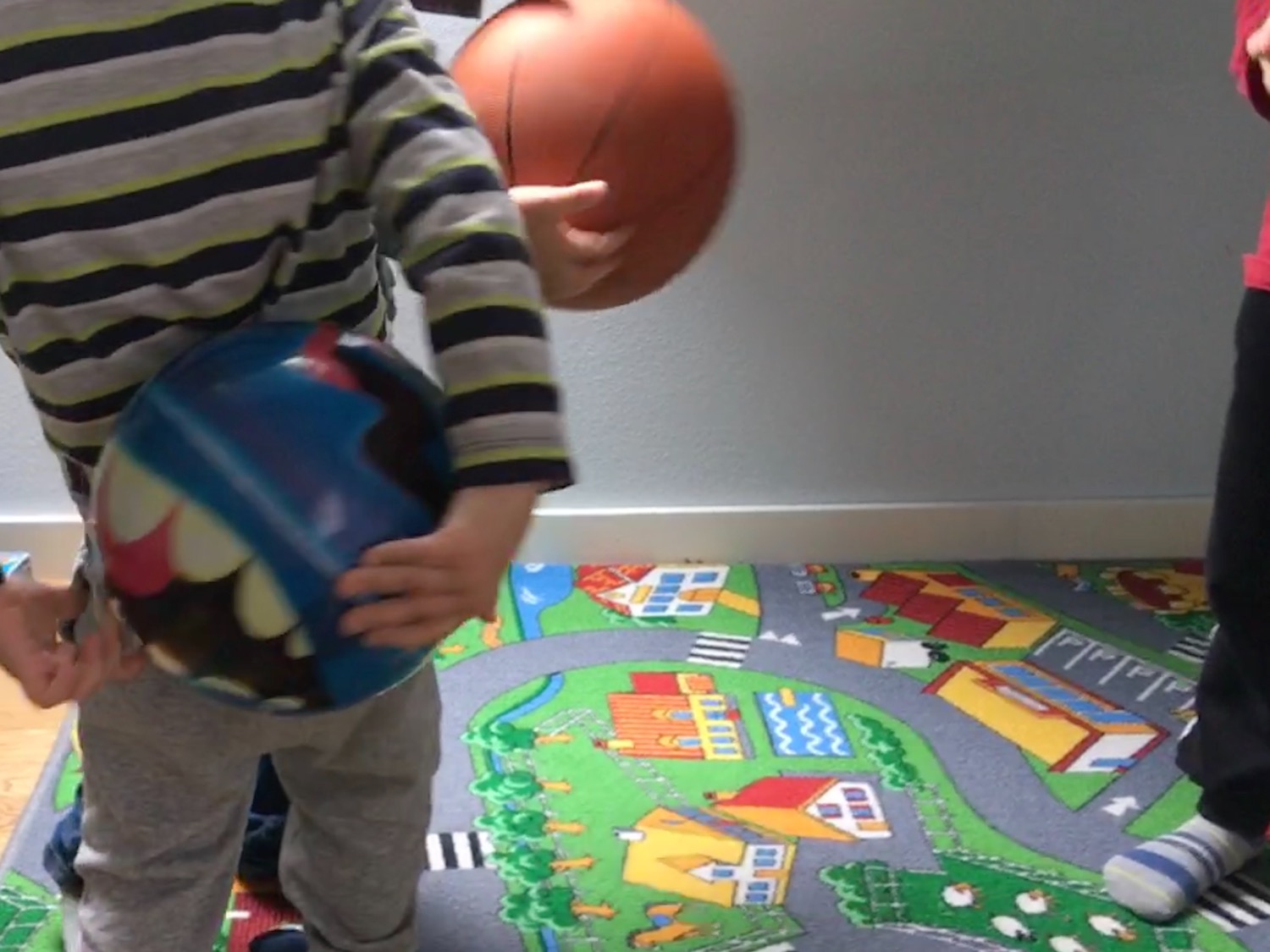
The children collect all the balls they can find at home. Big balls, small balls, soft balls, bouncing balls, throwing balls, table tennis balls,...
The ball test:
The children try one ball after another. They take it in their hands, top it and throw it, catch it and roll it up. What are the differences? Which ball makes the children most fun? Which ball makes it less fun? What is it?
The transport of spoons:
Put a small ball (flumming ball or table tennis ball) on a spoon and transport it. If there are several children, then make a small start and finish line.
Hand transport:
Why don't you take a bigger ball and put it on the palm of your hand?
Foot transport:
Two boxes, in one there are balls and the other box is empty. Now the child sits on a chair. In front of him are the boxes. Barefoot or with socks the child tries to transport the balls from one box with his feet into the other box.
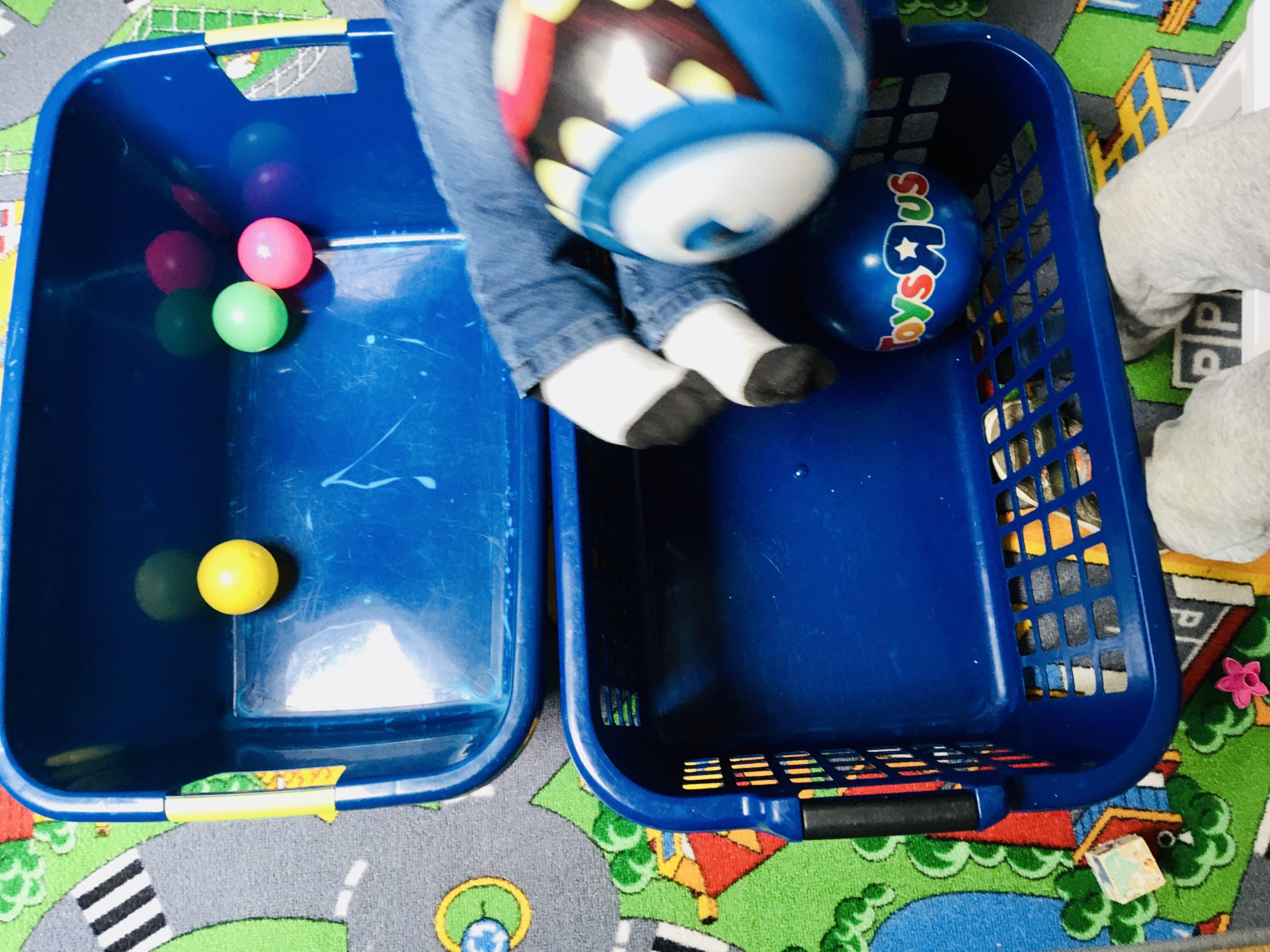


The leg transport:
Puts a ball between the knees and jumps a distance. Who holds the ball?
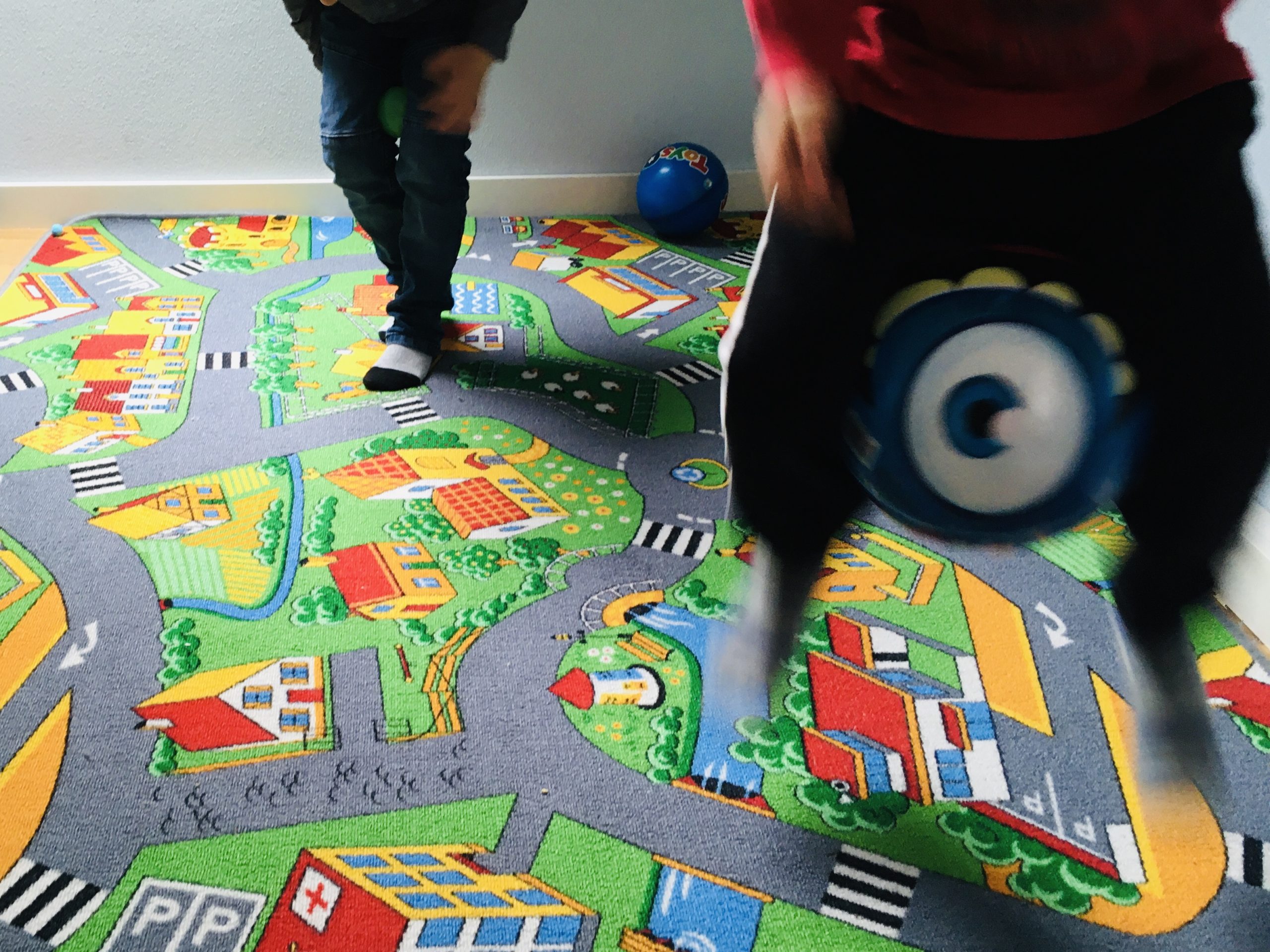


Move the ball around the body:
Each child is looking for a ball that he can hold well in one hand. Then you begin to pass the ball around the middle of the body. From left to right in front of the body, then over the back again to the front. Is it also in the other direction?
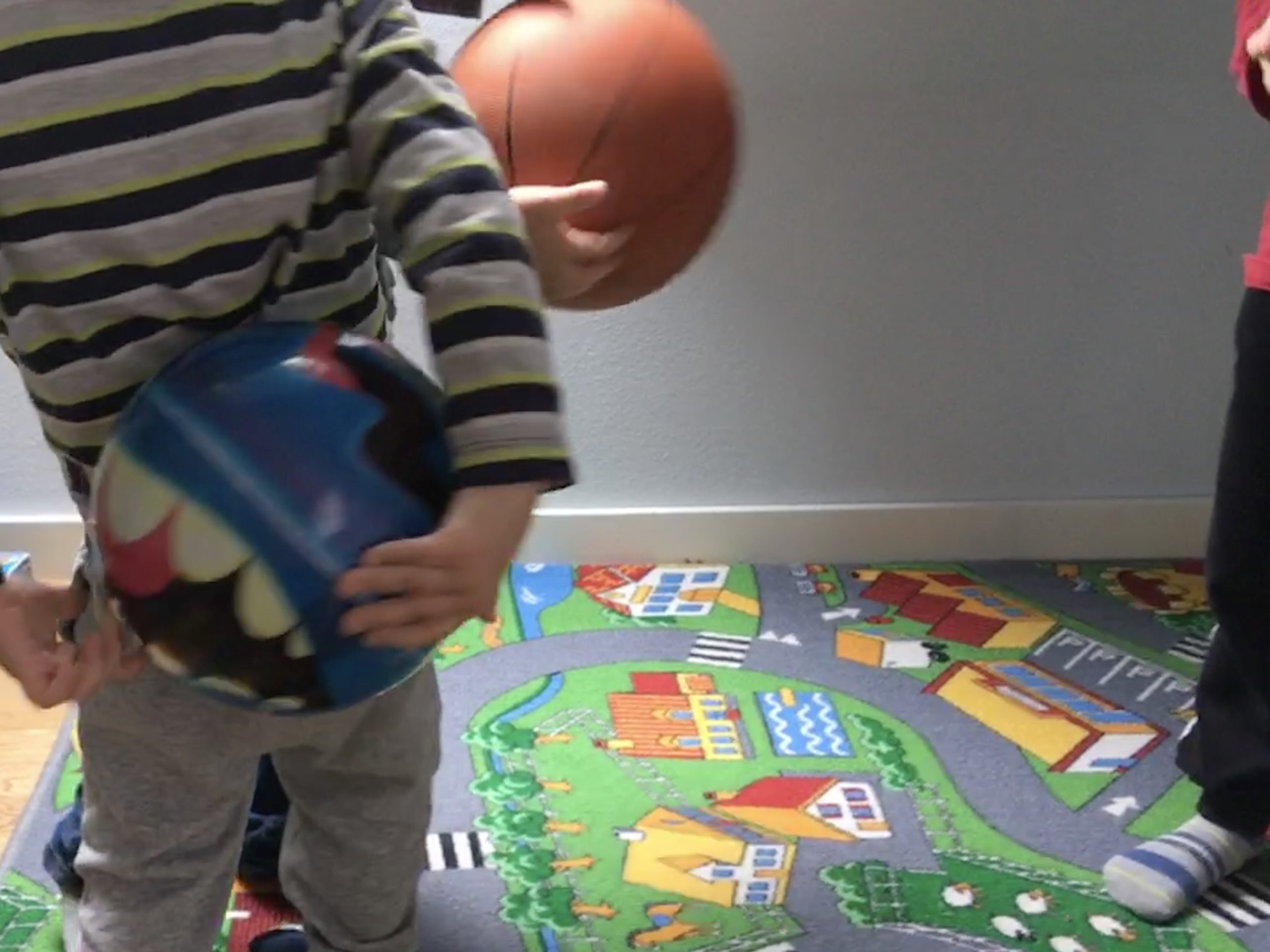


Carry the ball over the body:
The children lie on their backs. They clamp a ball between their feet and carry it over the body to the head. At the end of the head you can put up a box. The children let the ball fall in.
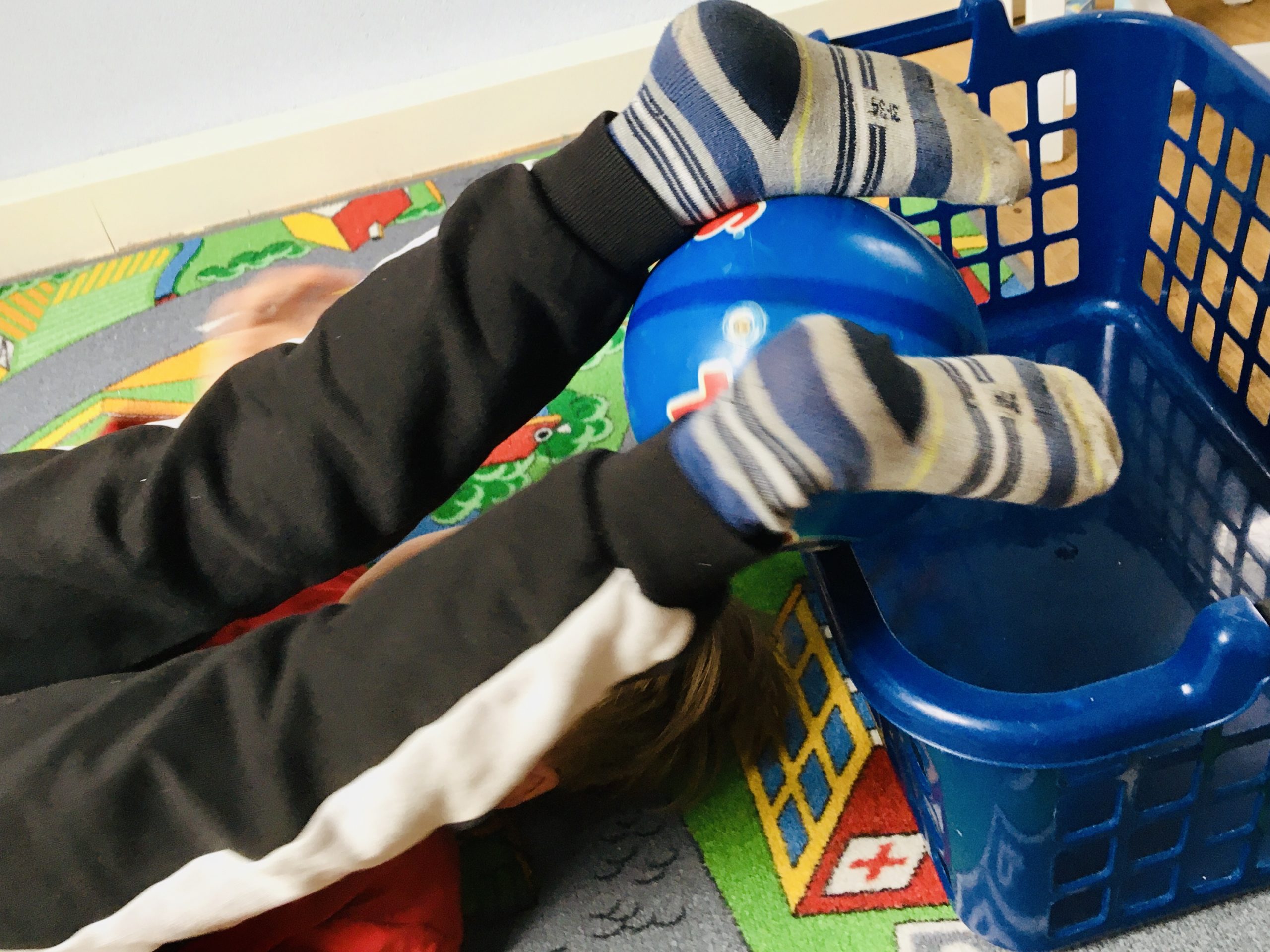


Materials
Directions
The children collect all the balls they can find at home. Big balls, small balls, soft balls, bouncing balls, throwing balls, table tennis balls,...
The ball test:
The children try one ball after another. They take it in their hands, top it and throw it, catch it and roll it up. What are the differences? Which ball makes the children most fun? Which ball makes it less fun? What is it?
The transport of spoons:
Put a small ball (flumming ball or table tennis ball) on a spoon and transport it. If there are several children, then make a small start and finish line.
Hand transport:
Why don't you take a bigger ball and put it on the palm of your hand?
Foot transport:
Two boxes, in one there are balls and the other box is empty. Now the child sits on a chair. In front of him are the boxes. Barefoot or with socks the child tries to transport the balls from one box with his feet into the other box.



The leg transport:
Puts a ball between the knees and jumps a distance. Who holds the ball?



Move the ball around the body:
Each child is looking for a ball that he can hold well in one hand. Then you begin to pass the ball around the middle of the body. From left to right in front of the body, then over the back again to the front. Is it also in the other direction?



Carry the ball over the body:
The children lie on their backs. They clamp a ball between their feet and carry it over the body to the head. At the end of the head you can put up a box. The children let the ball fall in.



Follow us on Facebook , Instagram and Pinterest
Don't miss any more adventures: Our bottle mail


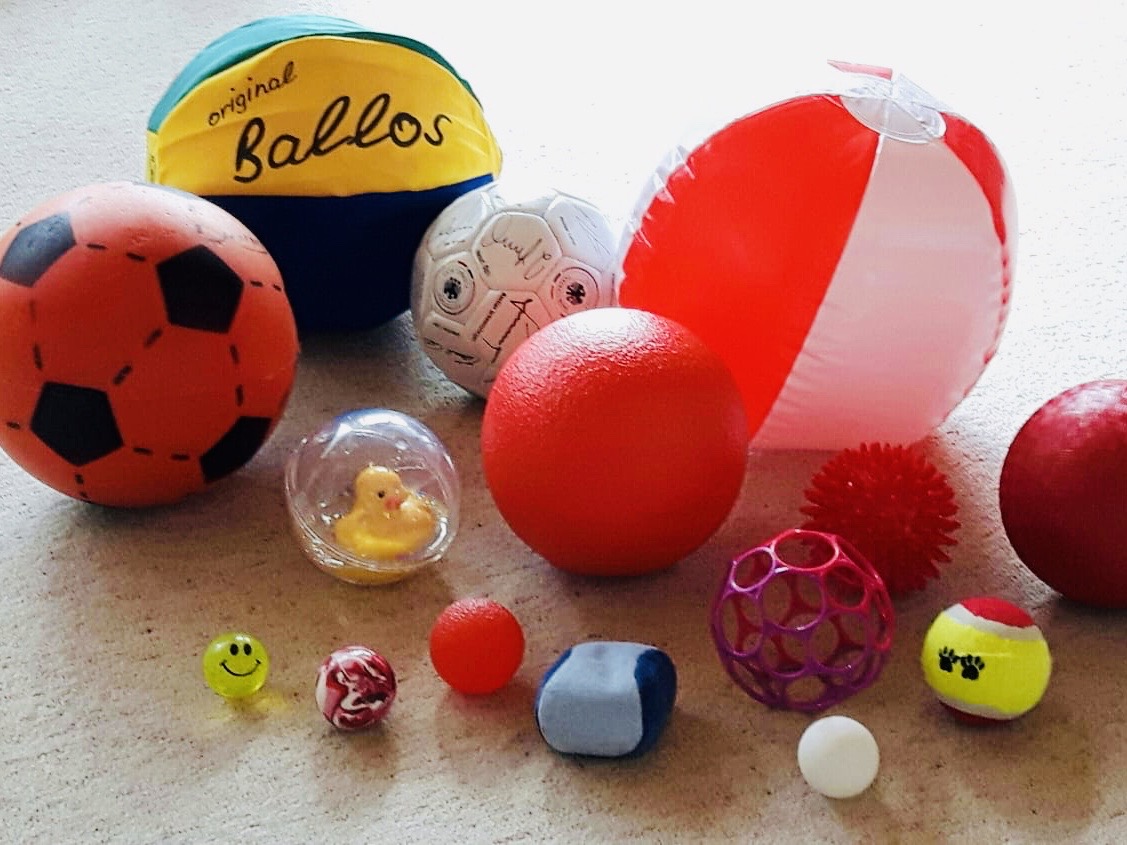
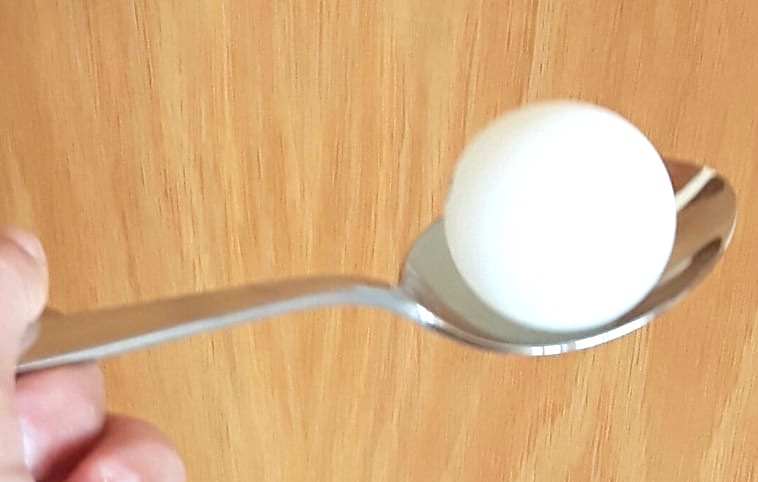
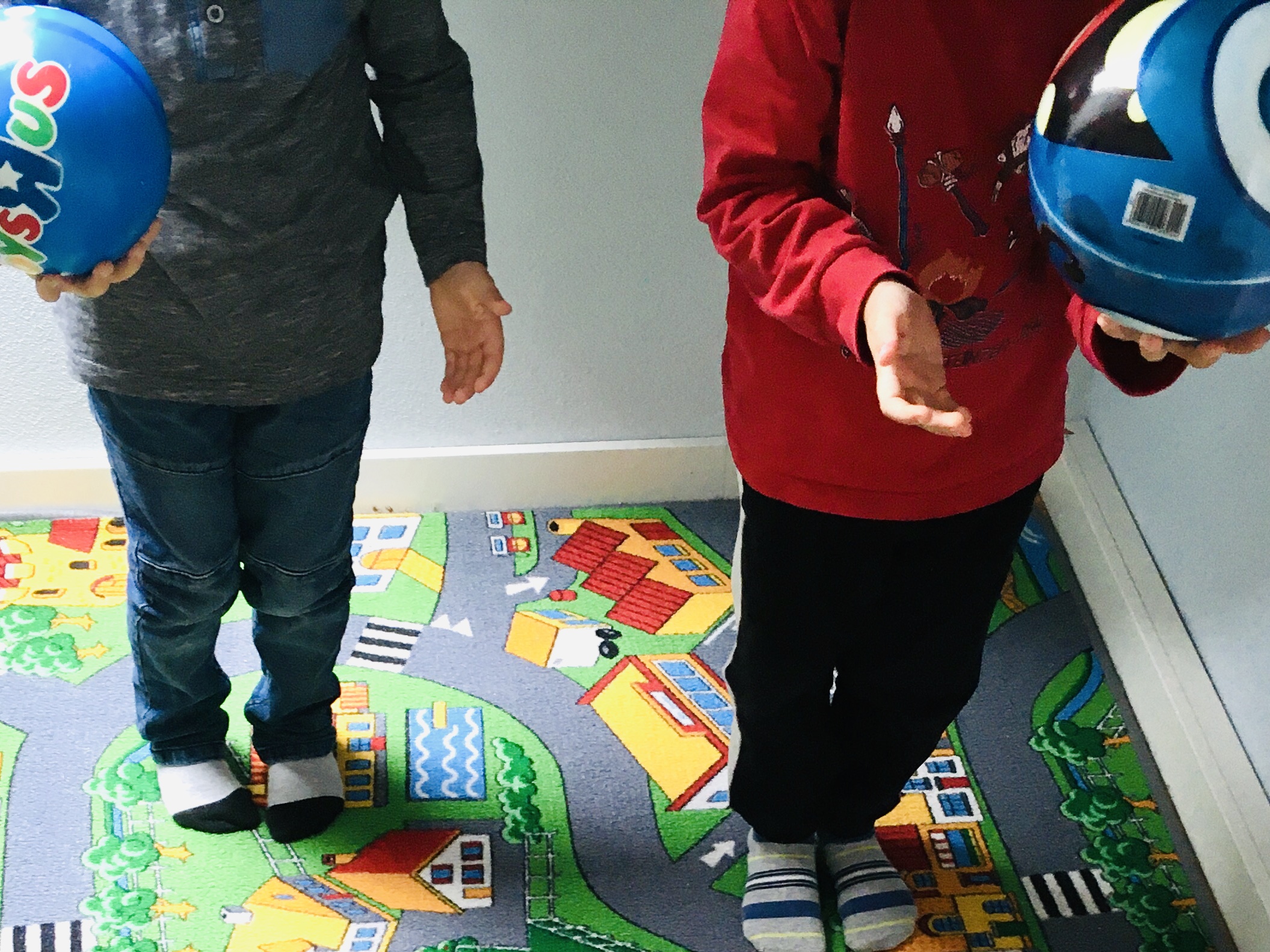

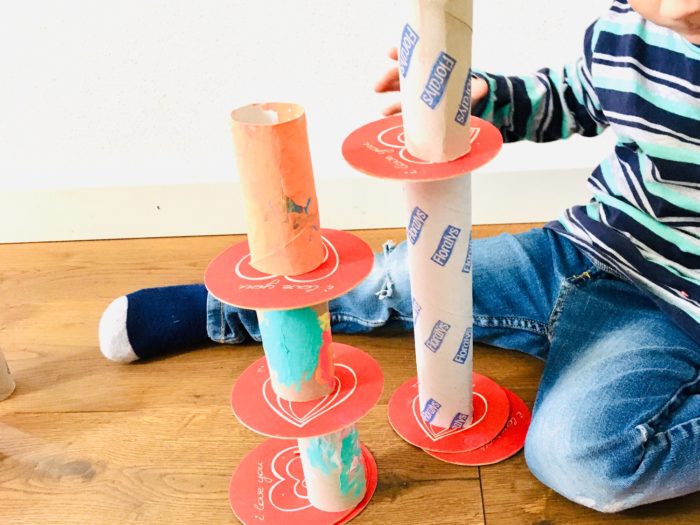




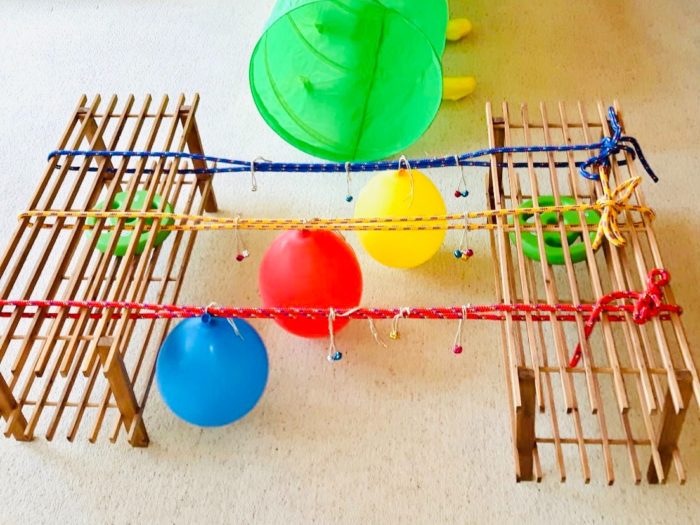
Exercises with balls not only promote the children's fun, but also their concentration and endurance.
Yes, absolutely!